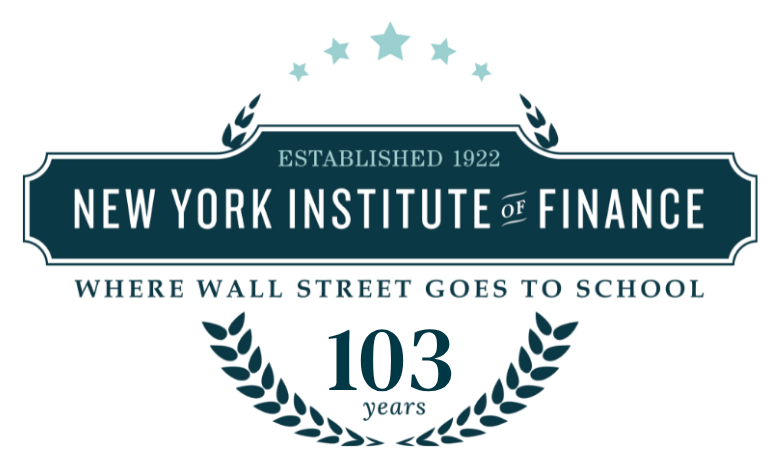CME on spot in finely balanced GFI battle
By Philip Stafford. This article originally appeared on the Financial Times website, FT.com on September 15th, 2014
The battle for GFI Group, the US interdealer broker, has become one of the most absorbing stories of the summer.
On one side is CME Group, the US futures exchange and the biggest beast in the market structure jungle. On the other is BGC Partners, a rival US interdealer broker.
At present the duel is finely balanced. BGC, a 13 per cent shareholder in GFI, has offered $5.25 per share for the rest of the company, valuing GFI at $675m.
That would break up a $4.55 per share offer from the CME. However the CME offer, worth $655m in total, comes with a side deal. It plans to sell GFI’s broking business to the current management to keep GFI’s Trayport and Fenics energy software trading businesses.
These two units are the jewels in GFI’s crown. Fenics does foreign exchange derivatives pricing, trading, and risk management. Trayport is one of the world’s main electronic trading platforms for energy trading.
BGC, also keen to push more into an electronic world, is keen on all of GFI but its approach comes with risks. Its tender offer is predicated on it receiving indications of support from a majority of shareholders, and GFI management hold 40 per cent of the shares.
Michael Wong, an equity analyst at Morningstar, argues that a BGC-GFI deal would be more of a boon to the interbroker dealing industry. It “could take capacity out of the interdealer broker space and could firm up the prices for trading, while also decreasing the competitiveness for brokers and the compensation that they can demand,” he says.
True, the merger would mean fewer brokers but whether it changes industry economics is another matter. Interdealer brokers may make a more lucrative margin on their trades but once operational factors – broker compensation, heating, lighting, the screens – are taken into account, electronic trading is the more profitable. The real problem, as all market participants are aware, is the low market volatility. The fixed costs remain and are not being offset by trading.
BGC’s offer feels like a gambit to push the price up. It came only days after CME’s big rival IntercontinentalExchange agreed to pay $350m for SuperDerivatives, a business not unlike Fenics and certainly not as established. Perhaps the timing was by chance, but there are many people in financial markets who don’t believe in coincidences.
Even so, the pivotal question is how keen CME is to do a deal. It can easily afford to raise its bid and would still have the option to offload the broking business.
A raised offer would relieve the GFI board of any awkward questions – and possibly legal challenges – over its fiduciary responsibilities to all shareholders if it had accepted the lower bid.
For the CME, buying Trayport and Fenics would give its fledgling European trading and clearing operations a vital shot in the arm. Progress can be at best described as steady despite hiring several hundred staff in the last few years. The launch of its London-based trading operations was delayed for more than a year and it debuted currency derivatives into a becalmed market. Pumping the Trayport volume and applying Fenics risk modelling to trades could transform its European OTC business at a stroke.
And while missing out on a deal is not the end of the world, missing out on prize assets can have consequences, as the London Stock Exchange Group discovered when it missed out on Liffe a decade ago. In the meantime ICE has been rapidly snapping up assets like SuperDerivatives and the Singapore Mercantile Exchange, for $150m.
The CME has sat and watched. Its biggest market – interest rate derivatives – remains in the doldrums, thanks to the expansive monetary policies of the world’s main central banks. Currency volatility is returning. The question is: does the CME feel it can afford not to do this deal?
About New York Institute of Finance
With a history dating back more than 90 years, the New York Institute of Finance is a global leader in training for the financial services and related industries with course topics covering investment banking, securities, retirement income planning, insurance, mutual funds, financial planning, finance and accounting, and lending. The New York Institute of Finance has a faculty of industry leaders and offers a range of program delivery options including self-study, online and in classroom.
For more information on the New York Institute of Finance, visit the homepage or view in-person and online finance courses below:
